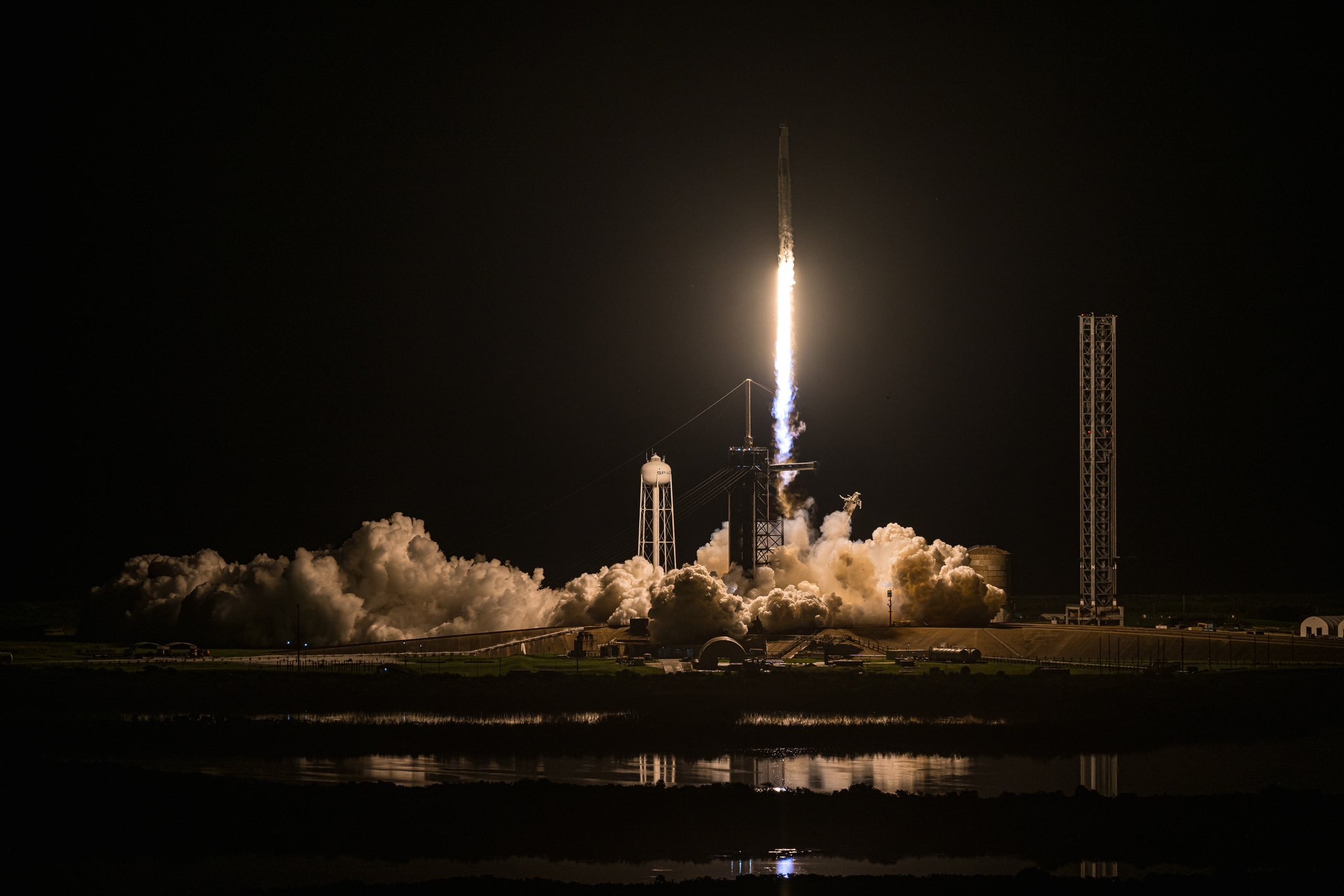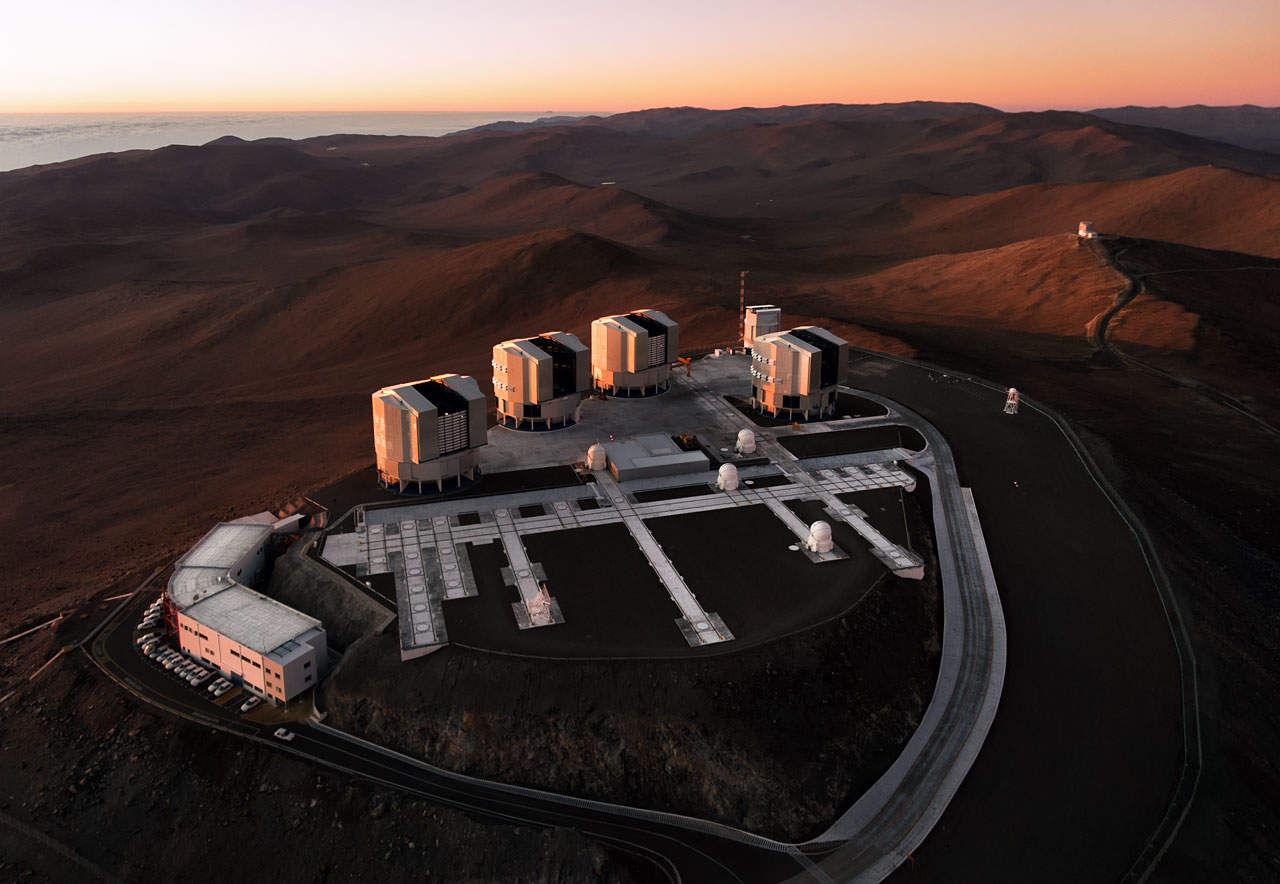Crew Dragon launches on Polaris Dawn private astronaut mission

WASHINGTON — A SpaceX Crew Dragon is in orbit on a long-awaited private astronaut mission that will attempt the first commercial spacewalk and go higher than any crewed mission in more than 50 years.
A Falcon 9 lifted off from Kennedy Space Center’s Launch Complex 39A at 5:23 a.m. Eastern Sept. 10 on the Polaris Dawn mission. Controllers used the second of three available launch opportunities in the early morning hours after poor weather caused them wave off an initial launch attempt nearly two hours earlier.
The Crew Dragon separated from the Falcon 9 upper stage about 12 minutes after liftoff. The mission was targeting an initial orbit of about 190 by 1,200 kilometers, although SpaceX did not immediately release details about the orbit actually achieved on the launch.
After about eight orbits, Dragon will raise its apogee to 1,400 kilometers for the next six orbits. That altitude will be the highest for a crewed mission since the Apollo 17 mission to the moon in December 1972. It will then lower its apogee to 700 kilometers.

The highlight of the mission will be on flight day three, or Sept. 12. The four-person crew, wearing new SpaceX-designed extravehicular activity (EVA) suits, will depressurize the Crew Dragon cabin. Two of the four, commander Jared Isaacman and mission specialist Sarah Gillis, will individually exit the hatch in the nose of the Dragon for about 15 to 20 minutes each, performing the first spacewalks on a non-governmental mission.
“The EVA probably makes up the majority of the development for Polaris Dawn,” Isaacman said at an Aug. 19 press conference about the mission, and one with the most risk. “You’re throwing away all of the safety of your vehicle. Your suit becomes your spaceship.”
After the spacewalk, the Polaris Dawn crew, which includes pilot Kidd Poteet and mission specialist Anna Menon, will test laser intersatellite links between Crew Dragon and SpaceX’s Starlink constellation, as well as performing about 40 experiments related to human health and related topics. The mission will end on flight day six, or Sept. 15, with a splashdown off the Florida coast.
Isaacman, who previously commanded and funded the Inspiration4 private astronaut mission that launched on another Crew Dragon almost exactly three years ago, announced the Polaris program of private astronaut missions in February 2022. At that time, they anticipated flying Polaris Dawn in late 2022.
That schedule slipped significantly, though, in large part due to work on the EVA suits. “When we first started, we would come in every day for training and, pretty much every single day, we walk in and there would be a different suit,” Gillis recalled at the press conference, as engineers tweaked various components of it.
Isaacman said at the briefing that the original schedule was too ambitious. “If it was the initial nine-month timeframe, I think you’d probably all be wondering how we were able to work that quickly,” he said, but added it provided motivation for the project. “I think it was right in the beginning to say we’re going to try and achieve this at light speed.”
Both the Polaris Dawn crew and SpaceX officials were confident that they were finally ready to fly. “EVA is a risky adventure, but we’ve done all the preparations,” Bill Gerstenmaier, SpaceX vice president for build and flight reliability and a former NASA associate administrator responsible for human spaceflight, said at the briefing. “I think it’s really a tribute to this team that they advance the state of the art, and we’re going to do it as safely as we can.”
In the run-up to the launch, Polaris Dawn suffered a different kind of delay. Launch of the mission, planned for Aug. 26, was pushed back a day to provide additional time for spacecraft preparations and by another day to fix a helium leak on the ground side of a quick-disconnect umbilical line. Weather then intervened, with persistent forecasts of poor weather at splashdown locations.
“Our launch criteria are heavily constrained by forecasted splashdown weather conditions. With no ISS rendezvous and limited life support consumables, we must be absolutely sure of reentry weather before launching,” Isaacman said Aug. 27 when SpaceX first announced the weather delays. Those delays persisted for nearly two weeks before forecasts improved enough for a launch attempt.
The mission also had to launch by the end of the week or face further delays, likely to no earlier than October, so that SpaceX could prepare LC-39A for the Oct. 10 launch of NASA’s Europa Clipper on a Falcon Heavy. That mission has a three-week launch window.
Polaris Dawn is intended to be the first of three missions in the overall Polaris program that will culminate in the first crewed launch of SpaceX’s Starship. The program has not offered a schedule for that mission or a second Crew Dragon mission that Isaacman said will build on Polaris Dawn in unspecified ways.
Isaacman, founder and chief executive of payment processing company Shift4 with an estimated net worth of $1.8 billion, declined at the press conference to state how much he is spending on the Polaris Dawn mission.
Related
Read the original article here




